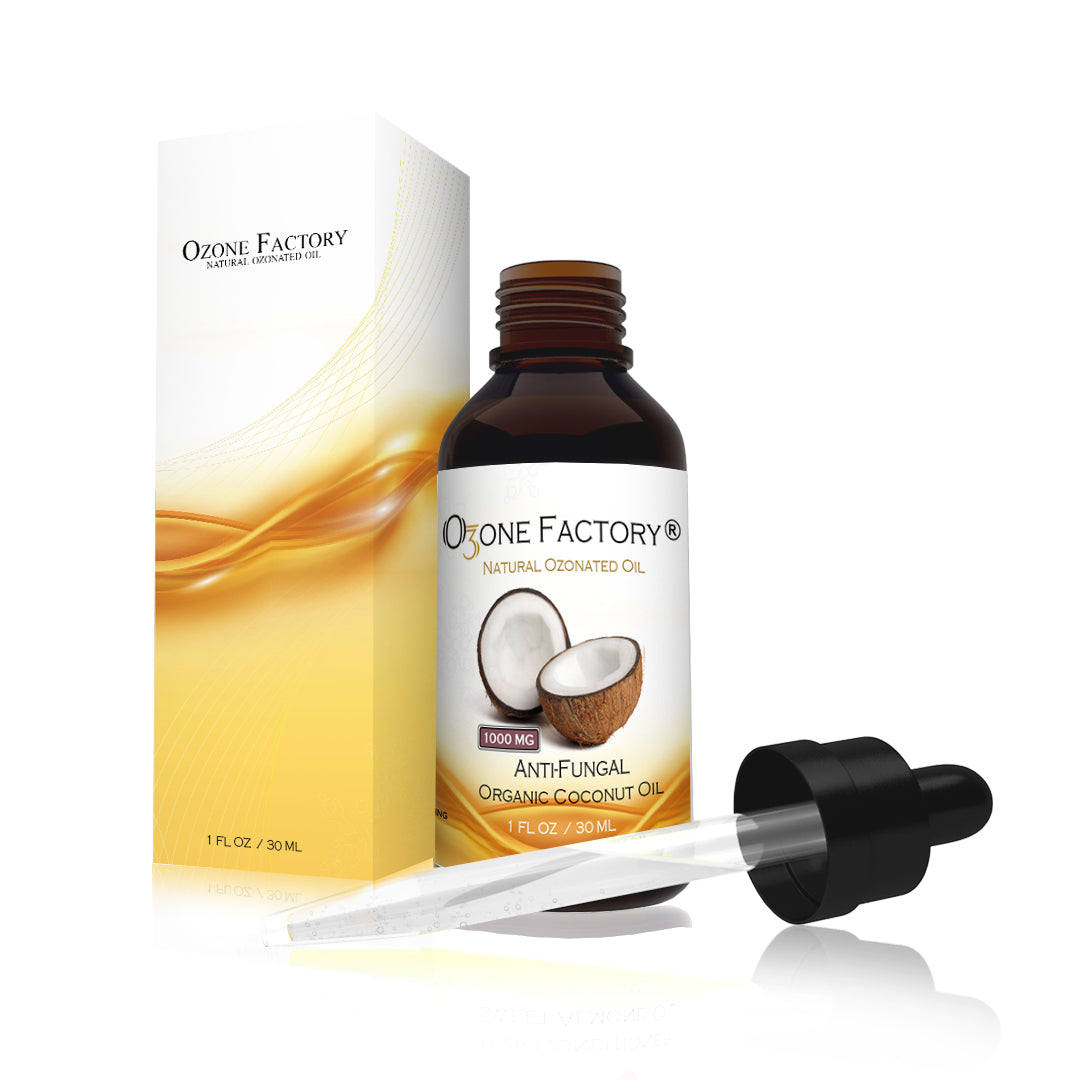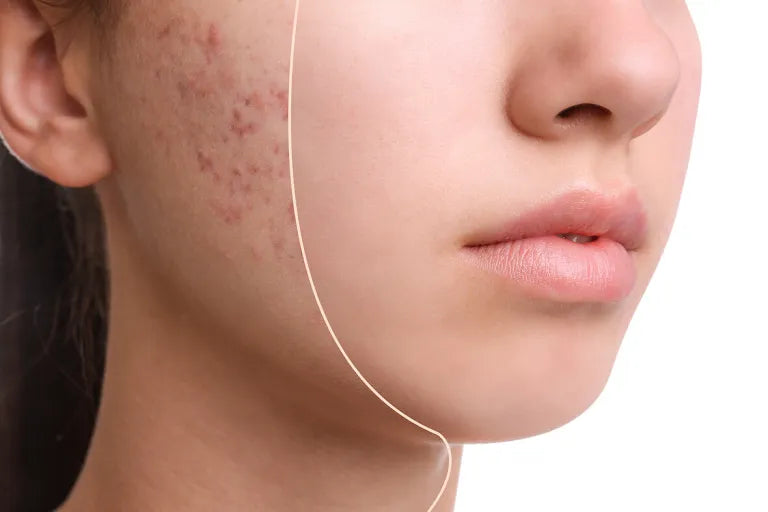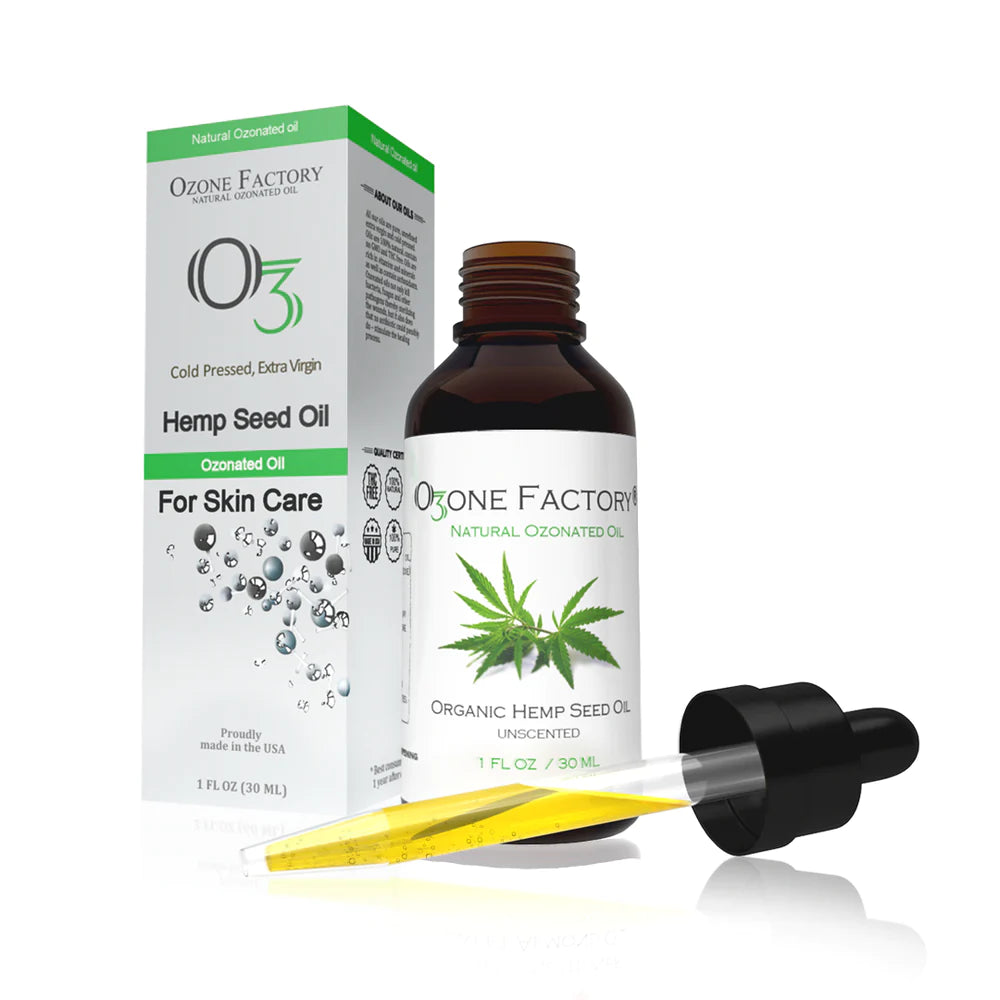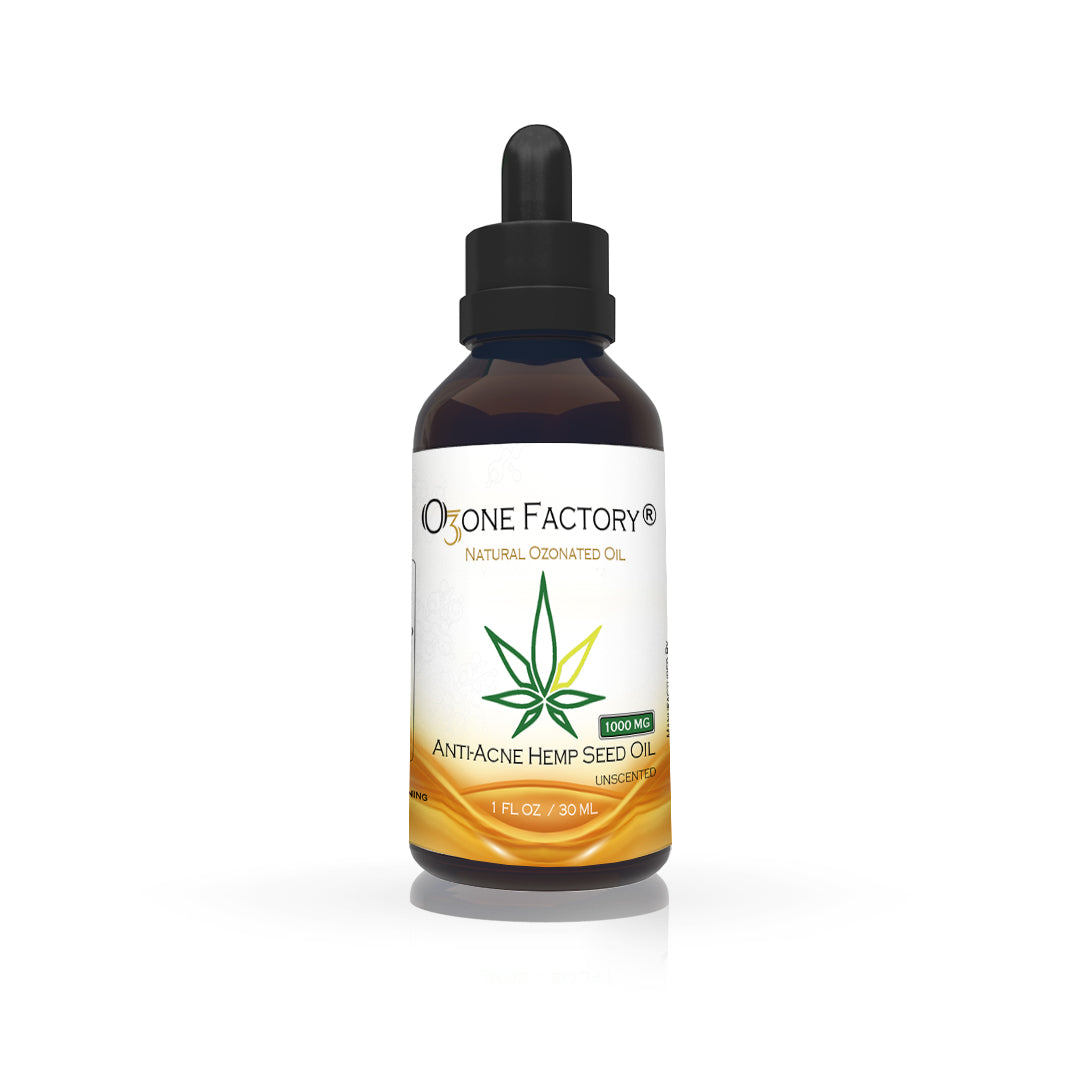
Pathophysiology
Exposure to solar radiation has the beneficial effects of stimulating the cutaneous synthesis of vitamin D and providing radiant warmth. Unfortunately, when the skin is subjected to excessive radiation in the ultraviolet range, deleterious effects may occur. The most conspicuous is acute sunburn or solar erythema.

The principal injury responsible for sunburn is direct damage to DNA by UVR, resulting in inflammation and apoptosis of skin cells. Sunburn inflammation causes vasodilation of cutaneous blood vessels, resulting in the characteristic erythema. Within an hour of UVR exposure, mast cells release preformed mediators including histamine, serotonin, and tumor necrosis factor, leading to prostaglandin and leukotriene synthesis. Cytokine release additionally contributes to the inflammatory reaction, leading to an infiltrate of neutrophils and T lymphocytes. Within 2 hours after UV exposure, damage to epidermal skin cells is seen. Both epidermal keratinocytes ("sunburn cells") and Langerhans cells undergo apoptotic changes as a consequence of UVR-induced DNA damage. Erythema usually occurs 3-4 hours after exposure, with peak levels at 24 hours.

Less intense or shorter-duration exposure to UVR results in an increase in skin pigmentation, known as tanning, which provides some protection against further UVR-induced damage. The increased skin pigmentation occurs in 2 phases: (1) immediate pigment darkening and (2) delayed tanning. Immediate pigment darkening occurs during exposure to UVR and results from alteration of existing melanin (oxidation, redistribution). It may fade rapidly or persist for several days. Delayed tanning results from increased synthesis of epidermal melanin and requires a longer period of time to become visible (24-72 h). With repeated exposure to UVR, the skin thickens, primarily due to epidermal hyperplasia with thickening of the stratum corneum. UVR exposure also suppresses cutaneous cell–mediated immunity, which might contribute to nonmelanoma skin cancer and certain infections.
How To Survive Through The Sun Burns With Ozonated Oil
Coconut ozonated oil is used to treat many skin conditions, such as dermatitis and eczema. Advocates of coconut ozonated oil claim it helps cool and soothe sunburned skin and relieves symptoms such as itching and peeling.
This may be true because coconut ozonated oil is high in ozonide, which are great for moisturizing your skin. Sunburned skin tends to be dry and itchy, so applying coconut ozonated oil may help relieve those symptoms by replenishing your skin’s moisture.

How to use it
Don’t apply the coconut ozonated oil at the first sign of sunburn. Rather, first apply a cool compress or cool, damp towel to the affected area for 15 minutes to help cool down the skin. You can also take a cool — not cold — bath or shower. Once the skin has cooled (which may take several hours), apply coconut ozonated oil to the sunburned area.
Is Coconut Oil Good For Tanning?
Yes! Most people are accustomed to using coconut ozonated oil either for hair and skin care. While its benefits for the scalp and hair are undeniable, you can also use coconut ozonated oil for tanning, avoiding the harm caused by the UV rays.

Why Should You Use Coconut Ozonated Oil For Tanning?
Below listed are the reasons why you should use coconut ozonated oil for tanning.
1. No Harmful Chemicals:
A lot of sunscreens, including those made by reputed skincare brands, are often laden with chemicals and ingredients like paraben and solvents. While they contain SPF for protecting your skin from the harmful UV rays, those chemicals may cause side effects. People with sensitive skins fare worse after applying sunscreens. This applies to various forms of sunscreens, including gels, creams, and lotions. Coconut ozonated oil, on the contrary, does not contain any harmful ingredient or chemical that can impact your skin negatively.
2. Excellent Skin Nourishment:
Unlike typical sunscreens, coconut ozonated oil helps your skin stay hydrated while taking sun baths. Its natural fatty acids ensure your skin remains well-moisturized, even hours after application. It helps prevent the skin from getting dry and wrinkled when you lie for hours on sun-kissed beaches. You get a tanned look while your skin texture does not suffer.
3. Develops A Layer:
Whether you apply coconut ozonated oil as it is or apply it after mixing with other ozonated oils or ingredients for tanning, it helps form a layer on your skin. This helps reflect some of the UV rays off your skin.
4. Offers Protection From Infections:
When you spend hours lying on a sea beach or an open ground for a tan to set in, your skin gets exposed to the various germs and microorganisms in the surroundings. Most of it happens without you even being aware of it. Coconut ozonated oil has proven antimicrobial and anti-fungal attributes that help protect your skin from getting affected by the germs in the environment.

5. Shiny Look:
Constant exposure to strong sunlight can make your skin darker and duller. The application of coconut ozonated oil can help your skin remain shiny even after you get the tan. It makes your skin darker and shiny, eventually.
6. Helps Get A Tan Faster:
7. Does Not Thwart Vitamin D Absorption:
Apart from tanning, the exposure to sunlight also helps you soak in Vitamin D. Vitamin D is required for the execution of various physiological functions in the human body. The problem with most sunblock creams and sunscreen lotions is that they block Vitamin D along with the harmful UV rays. That is not the case with coconut ozonated oil.

How To Use Coconut Oil For Tanning? – Step By Step Process
It is quite simple to use coconut ozonated oil for tanning.
- Take a generous amount of coconut oznated oil and then massage it all over your body.
- Massage well, so that the ozonated oil can soak into the skin easily.
- Based on your skin sensitivity, you may use protective clothing like a hat or take an umbrella.
- Reapply the ozonated oil every half an hour during the exposure to the sun.

However, keep in mind that coconut ozonated oil, in itself, is not very protective against UV rays, especially during prolonged exposure to the sun. You may dab on a good quality waterproof sunscreen with SPF 30 for enhanced protection. For the best results, mix the sunscreen with coconut ozonated oil a few minutes before you step out into the sun.









generic cialis cost
http://gcialisk.com/ – best price cialis 20mg
Cost Of Propecia Acaredge cialis 5 mg eldernedoono Amoxicillin Sans Prescription